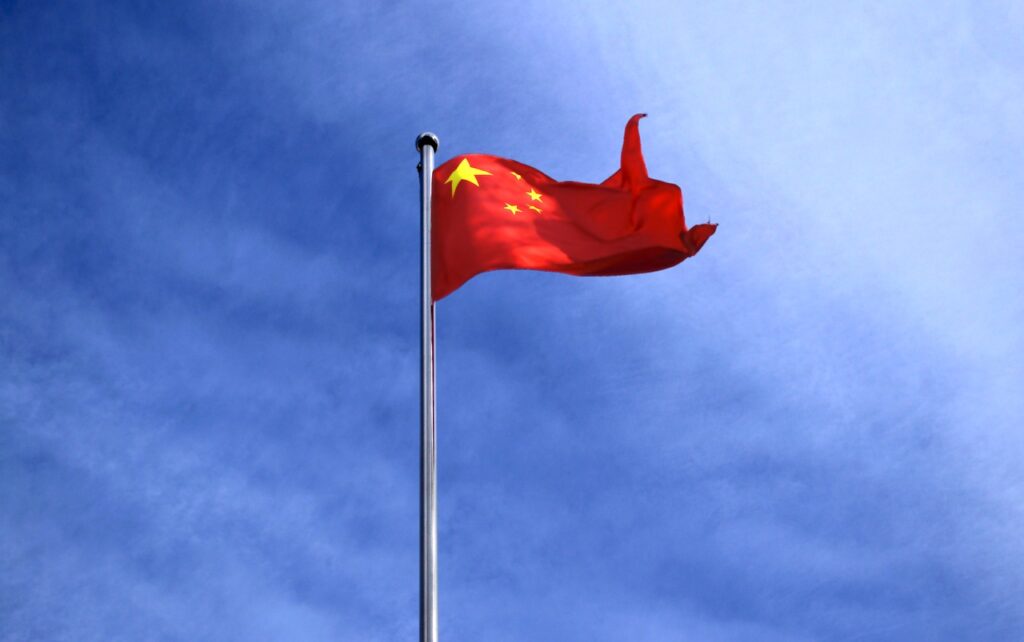China’s strategic push towards hydrogen energy is capturing international attention, with plans to establish over 1,200 hydrogen refueling stations by 2025.
As the world’s largest hydrogen station market, China’s initiatives underscore its commitment to revolutionize mobility and reduce dependency on fossil fuels.
While China leads globally in hydrogen refueling stations, discrepancies in reported figures raise questions about the exact count. Despite claims of over 400 stations, operational numbers hover around 250. This discrepancy highlights challenges in data transparency and underscores the need for standardized reporting mechanisms.
The surge in hydrogen refueling stations is propelled by China’s success in fuel-cell vehicles (FCVs) and robust government support. With forecasts predicting 12,000 to 18,000 FCVs on the roads by 2024, demand for refueling infrastructure is on the rise, prompting local governments to incorporate hydrogen mobility into their plans.
China’s dynamic approach to target setting reflects the evolving nature of hydrogen adoption. Local authorities adjust targets based on deployment pace and technological advancements. While some regions double their targets, others recalibrate to align with feasibility studies, highlighting the fluidity of hydrogen infrastructure planning.
China’s hydrogen energy sector presents immense opportunities, with forecasts projecting a $14 billion industry by 2025. However, challenges such as infrastructure scalability and technology standardization persist. As China aims for 2,000 hydrogen refueling stations by 2035, achieving seamless integration with vehicle adoption remains pivotal.
